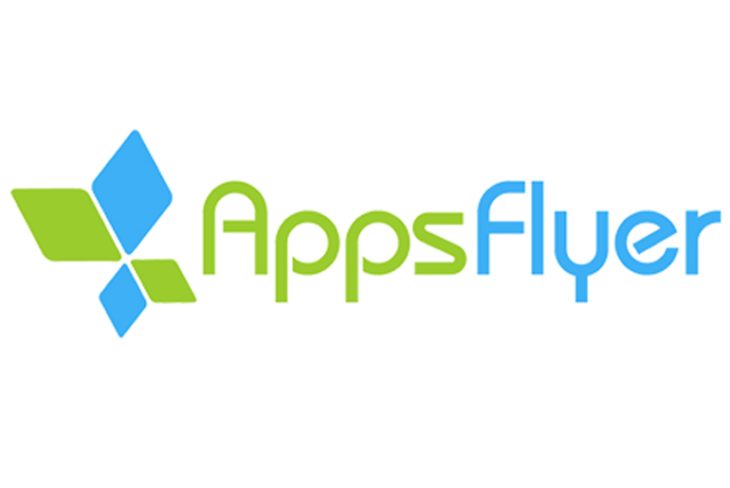
AppsFlyer’s 2025 Creative Report Reveals How AI and Emotion Drive Creative Performance
AppsFlyer today released the 2025 edition of its State of Creative Optimization report, an extensive analysis of creative performance trends and emotional drivers across mobile advertising.
Drawing on 1.1 million ad creatives across 1,300 Gaming and Non-Gaming apps, the report reveals that overall creative winners still matter, but marketers are starting to diversify creative investment. In Gaming, the top 2% of creatives still drive a dominant 53% of total ad spend, while in Non-Gaming, that figure drops to 43%. This 10-point gap signals a shift toward broader creative testing, fatigue mitigation, and audience segmentation.
Meanwhile, creative production is accelerating, especially outside of Gaming. High-spending Non-Gaming apps grew their creative output by 18% year-over-year, now averaging 2,365 variations per quarter and outpacing Gaming’s growth by 80%. Still, top Gaming apps lead in raw volume with 2,743 creatives per quarter, though mid-tier Gaming advertisers are producing less than they were a year ago, a trend that may put them at risk as competition heats up.
“We’re seeing a clear shift in creative strategy, with marketers not just scaling top performers, but scaling variety,” said Adam Smart, Director of Product Gaming at AppsFlyer. “In Gaming, high spenders still dominate production, with apps spending $7M+ per quarter to generate nearly 3x more creatives than those in the $4-$7M range. But in Non-Gaming, growth is more evenly distributed across tiers, suggesting creative scale is no longer just for the biggest players but that it’s becoming a strategic imperative for everyone.”
The report also reinforces the need to look beyond initial engagement or installs. If those new users don’t stay engaged, the creative for that audience may be falling short. For example, in Gaming, ads featuring music artists led to 50% higher user retention after seven days compared to those with movie stars, even though they received less than 10% of the celebrity budget. This underscores the importance of creative choices that not only capture attention, but also contribute to long-term impact.
Key findings from this year’s report:
- TV and Music stars outperform Movie stars, but receive less spend. In Gaming, TV personalities drove 2x the IPM (installs per 1,000 impressions which reflects how efficiently an ad drives installs) of movie stars, yet movie stars still captured over 80% of celebrity spend. In Gaming, influencer-led formats delivered up to 28% Day 7 retention (number of users who are still around a week after installs), compared to just 19% for movie stars.
- Emotionally resonant narratives outperform, but may be underused.
Failure-to-Success stories in Hypercasual Gaming deliver 78% higher IPM while attracting 40% less spend compared to Pure Success on Social & Search media sources. Similarly, Challenge motivations in Casual and Competition-focused narratives in Mid-core Gaming show high retention with low spend. - UGC Tutorials and Reviews drive stronger performance than Testimonials. Across categories like Finance, Social Media, and GenAI, educational and review-based UGC formats show significantly higher IPM and retention — yet testimonials dominate budget allocation.
- In both Finance and Social apps, tutorials and app review formats outperformed testimonials on key metrics. In Social, UGC (User Generated Content) tutorials delivered 45% higher IPM and 17% stronger Day 7 retention, despite receiving far less spend. In Finance, tutorial-style creatives drove 37% higher retention, underscoring the value of clear, relatable content that builds trust and drives long-term impact.
- Instant Gratification hooks lead in Finance, serious users win in Dating. Finance creatives promising immediate benefits drive stronger Day 7 retention via DSPs (+17%). In Dating, creatives tied to “Serious Relationship” motivations outperform “Casual” by 15%, despite lower coverage and budget.
- In GenAI apps, transformation hooks win attention but lose retention. In GenAI categories, Comparison-style creatives, such as before-and-after filters, drive strong initial performance, generating 3.68 IPM and capturing 40% of spend. But they also deliver the lowest Day 7 retention. UGC testimonials lead to 36% higher retention, reinforcing the importance of creative strategies that deliver value beyond the install.
- In Social, stories outperform, but barely get a budget. Storytelling Hooks, defined by narrative arcs and emotional twists, account for just 6% of spend in Social and Search, yet deliver the highest Day 7 retention at 4%. Social Proof hooks also show potential, offering a strong balance of installs and retention, particularly when tapping into trends.
Methodology
AppsFlyer’s 2025 State of Creative Optimization report is based on an anonymous aggregate of proprietary global data across 1.1 million video creative variations, from [1300] apps that ran a minimum of 200 creative variations each. The dataset spans both Gaming and Non-Gaming categories and reflects insights tied to [$2.4 billion] in ad spend between Q1 2024 and Q1 2025. In addition, we chose to present the data at a global level, since we found that while creative trends varied significantly between categories, they were surprisingly consistent across GEOs.
Download the full 2025 State of Creative Optimization report here
